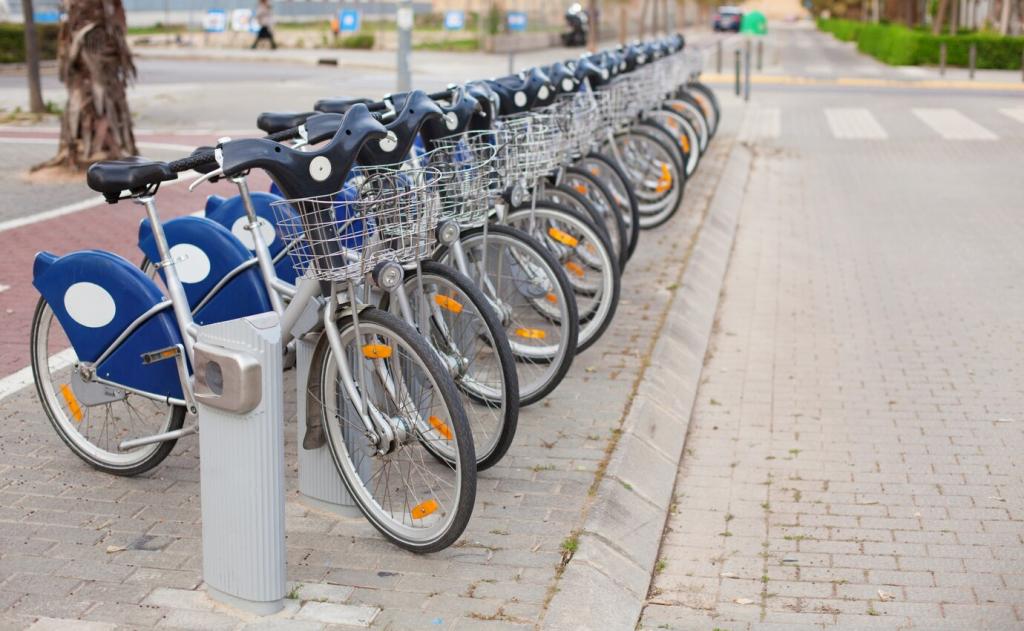Tech Inside the Deck
Energy-dense cells feed quiet hub motors tuned for torque at low speeds. Range depends on temperature, tire pressure, hills, and rider posture. Maintenance and sensible charging habits preserve capacity through hundreds of daily urban cycles.
Tech Inside the Deck
Onboard modules connect to networks, enabling speed zones near parks, no-ride areas on promenades, and parking validations. These tools help cities balance freedom with order, while offering riders transparent rules that pop up right on their phones.




